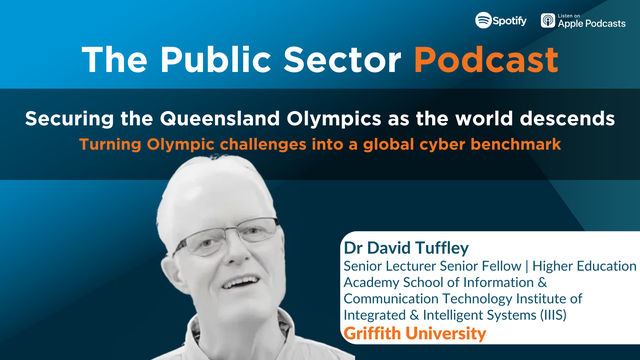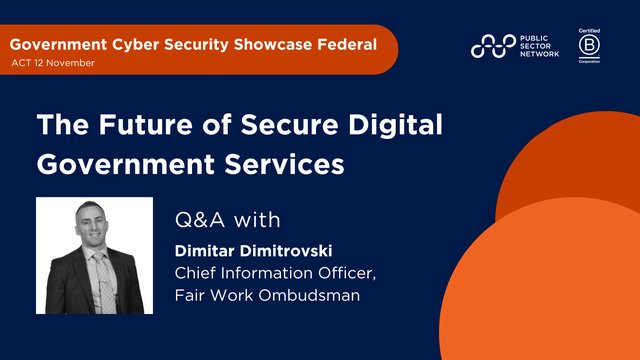
It’s imperative that there is ambitious digital connectivity at work between Australia’s vital services. This interconnectedness – in particular between our healthcare, energy and transportation sectors ultimately benefits citizens and contributes to national progress through improved coordination, efficiency, and service delivery across these critical industries.
Here we’ll touch on how increased digital connectivity between energy, healthcare and transportation services has and will continue to benefit Australians. But as usual, the negative always creeps in with the positive- we can’t forget about the immensely sinister cyber risks that come along with these increased connections. Of course, by now governments and citizens are familiar with these ongoing threats so let’s be sure to highlight how the energy, transportation and healthcare sectors are using cyber resilience strategies to combat these criminals.
Digital Connectedness = Efficient Services and Happy Citizens:
How many ways can digital connectivity benefit a nation? Let’s count - there are plenty! So here’s a few major pros.
An increasingly popular approach to connecting entities is data sharing. Such connectivity has proven to revolutionise services between healthcare, energy and transportation services. Transportation networks can now access real-time energy consumption data to optimize schedules and routes, while healthcare providers can receive transportation updates to coordinate patient transfers and appointments.
To give more credit to data in all its glory, Internet of Things (IoT) devices play a role in digitally connecting these sectors by providing real-time data from smart meters, medical devices, and transportation vehicles. This data can then be used for predictive analytics, resource allocation, and operational decision-making across sectors.
The energy sector uses smart grids and energy management systems that leverage digital connectivity to integrate with transportation networks and adjust energy usage based on demand patterns and traffic conditions. And the integration of electric vehicles with the electricity grid and energy storage can accelerate the decarbonisation of Australia’s road transport sector.
We’ve Experienced the Rewards, But Here Are the Risks:
We have just celebrated the benefits of data-sharing, right? Well speaking of a double-edged sword, sharing sensitive data across sectors raises data privacy and compliance challenges, necessitating robust cybersecurity measures to protect confidential information.
Interconnected systems are increasingly vulnerable to ransomware and cyber-attacks due to this expanded attack surface. It provides more entry points for cyber criminals to exploit vulnerabilities and to disrupt critical infrastructure, supply chain, essential services and therefor national security.
With greater unity comes greater dependency - so where there is a cyber incident in one sector, its damage can cascade across others, amplifying the impact and complexity of cyber threats, compromising service delivery such as operational downtime and even national security.
Cyber Resilience to the Rescue:
At the onset of cybercrime, governments and businesses scrambled to implement strategies and technologies aiming to prevent any harm caused by cyber intruders altogether. But as the landscape for cybercrime has only grown and matured, our world now understands that preventing attacks is no longer viable. Instead, it is understood that investments need to shift into systems that increase cyber resilience with a focus on building resilience cultures with models and strategies that are attack tolerant.
So how have Australia’s vital services followed suit? In four key areas:
Knowledge is Power:
Our vital sectors have recognised the importance of empowering employees to recognise and respond to cyber threats effectively to reduce the risk of security breaches and data loss. Across the board, these organisations have been investing in digital skills and cybersecurity training programs to educate teams about cyber risks, phishing attacks, and best practices for data protection. Employees are now learning to be vigilant and report suspicious activities immediately.
The transport industry has implemented the cyber security exercise series which focuses on the movement of freight via road, rail, aviation and ports, while the training continues in the energy sector with robust incident response through regular drills and exercises to test response capabilities and refine recovery procedures. Tabletop exercises are practiced in the healthcare industry which consist of a conversational narrative in which participants discuss how they would communicate during a cyberattack.
Safe Technologies!
Safe technologies are crucial for achieving cyber resilience and providing robust defence mechanisms against evolving cyber threats to detect and respond in real-time. An important aspect to note is that “safe” also refers to ensuring that Australians can trust their digital products. Citizens must know that services are safe, secure, and fit-for-purpose.
Within the transportation industry, IT leaders have robust risk management programs and security maturity assessments with roadmap planning in place to improve their security posture.
The energy sector has invested in automated incident response mechanisms and attack disruption technology which are driven by automated responses that can swiftly contain and mitigate threats, even while they are in progress.
The Department of Health and Aged Care uses support research to conduct health technology assessments ensuring that data and technology are of the highest quality and work safely for patients and healthcare professionals.
Collaboration Gets a Shout Out Again:
Collaboration is vital in cyber resilience strategies as it facilitates information sharing, threat intelligence sharing, and collective defence efforts among stakeholders to mitigate cyber threats more effectively.
The transportation sector has collaborated with government agencies such as the Australian Cyber Security Centre (ACSC), the Department of Infrastructure, Transport, Regional Development and Communications (DITRDC), and state-level transport departments to facilitate information sharing, threat intelligence sharing, and coordinated response efforts to cyber incidents affecting transportation networks.
The energy and healthcare sector both collaborate with industry partners, government agencies, and cybersecurity organisations to review existing emergency management arrangements and iron out any not-so-efficient techniques.
But communication doesn’t stop within Australia - we can’t forget about the importance of global collaboration for all services (and not just the vital ones) to shape global rules and standards in the journey through cyber resilience.
Protected critical infrastructure:
Last but most certainly not least, protecting critical infrastructure and essential government systems is critical to withstand and not only bounce back from cyber-attacks, but to maintain the way of life for Australian citizens. So how is the Australian government planning to keep critical infrastructure strong and secure?
Here’s what we’ve got so far – our leaders have implemented the Critical Infrastructure Resilience Plan and the Risk Management Plan (RMP) which promise to strengthen the resilience of essential services and provide responsible entities greater situational awareness of threats to critical infrastructure. Only time will tell how effective these new strategies are in the ever-evolving threat landscape – but there is one undeniable reality; the APS has never backed down from the challenge, already proving its resilience.
Want to mix with your peers and discuss this and other cybersecurity topics further? Please join us at our upcoming Australian Cyber Security Showcase. Register for your complimentary pass here!
































